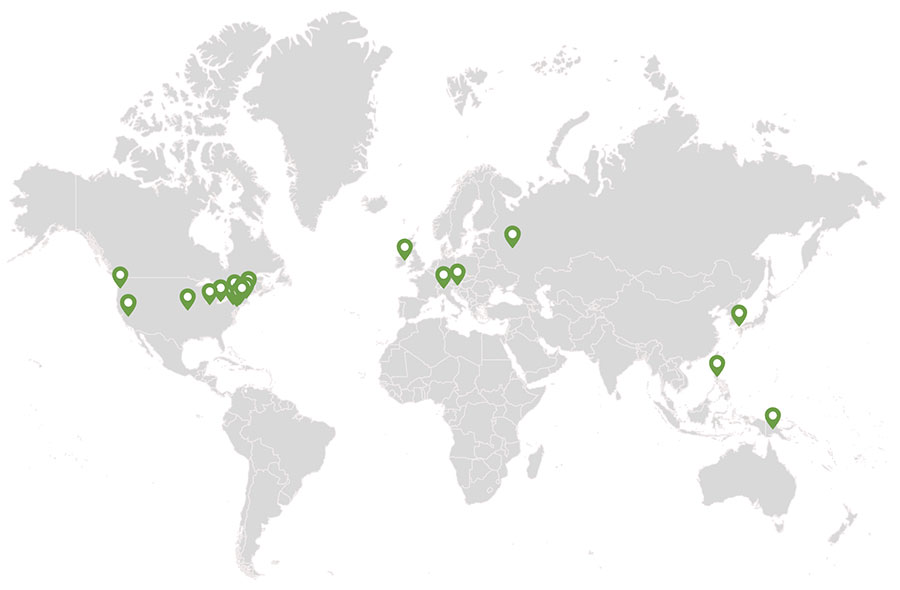
Power generation with microturbine technologies
Under the pressure to cut back on electric use, water utilities in California are looking to low-impact microturbine technologies that generate power from water flows in existing water and wastewater distributions. One of the possible options is ultra-small hydro turbine generators. These integrated hydroelectric generators are designed for existing water distribution systems and thus do not have environmental impacts on traditional hydro projects, which can harm fish and aquatic organisms.
Disadvantages of micro-hydro
A number of factors make micro-hydro a tough sell. Although there are promising new technologies, some of which use advancements that have been made in wind turbine technology, they remain expensive. This is because they have not been commercialized on a broad scale. And while some policy decisions have made micro-hydro more attractive, including a feed-in-tariff program for water-agency renewables, this has failed to generate momentum.
Also hampering the progress is the lack of a detailed assessment of existing resources. An inventory of pressure-reduction stations that includes information on pipe size, water flow, and pressure reduction would provide some hard numbers on the resource potential, and also help manufacturers create products that fit the market.
Energy-saving solution with lots of potentials
As things stand, micro-hydro remains an energy-saving solution with lots of potentials, but one that has yet to prove itself. Our CEO, Matthew Swindle, says the latest hydroelectric turbines have efficiency ratings ranging from 70 to 92 percent. This is a huge improvement compared to turbines used in the past.
Also, there are creative financing options that didn’t exist before. According to Swindle, private debt/equity project investors are teaming with municipal agencies and developers to make the projects financially feasible.
‘’I would encourage agencies that have previously looked at in-conduit hydro to dust off their old studies and update them. They are likely sitting on a free energy resource and revenue stream that resides in their water system.’’ ~ Matthew Swindle, CEO of NLine Energy

